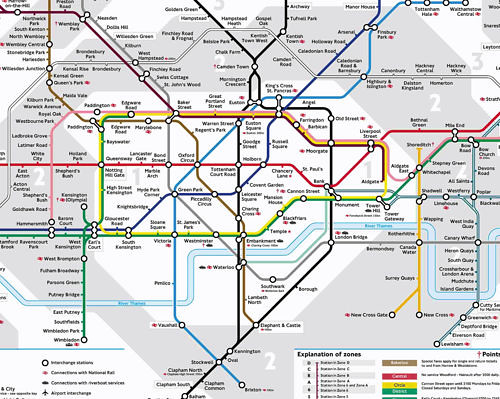in Design
What is the Essence of Good Design?
Writen by Bogdan+ / Comments Off on What is the Essence of Good Design?
Consider two items that could, in the twenty-first century, be considered “everyday objects”. The first is the glass Coca Cola contoured bottle. The second is the iPod music player from Apple. The classic Coke bottle was launched in 1915, the first-generation iPod in 2001. Since their relative inceptions, one nearly a century ago, the other just over a decade ago neither of these two objects has significantly altered in form; a Coke bottle, taken from any date in its history, is unmistakeably recognisable as a Coke bottle, and the same principle applies to the Apple iPod. These are just two items of many that are considered “design classics”; objects whose design fulfils its purpose so perfectly that little or no further refinement is necessary.
Good design is no accident. For an object to achieve widespread recognition and acceptance as being of good design it must adhere to certain criteria and exhibit certain qualities.
Ten principles form the essence of good design
In considering the question “what is the essence of good design?” Dieter Rams, one of the world’s most influential industrial designers and renowned for his product designs for household gadget giant Braun, concluded that the essence of good design is demonstrable by the presence of ten distinct principles, which can be summarised as follows:
Innovation
Just as the technology in every area of modern life continuously advances, evolves and improves, there is an unlimited scope for innovative design that enables the benefits of new technology to be maximised for the end user.
We buy products to use them. A product that benefits from good design will accentuate the usefulness of that product and will be free of aspects that in any way detract from, obscure or hinder the product’s usefulness.
Visual beauty
The aesthetic appeal of a product is fundamental to good design. We select products that reflect our own taste, styles and aspirations. Knowing that many of the items we buy, such as furniture or household gadgets, will be seen and used on a daily basis, aesthetics enhance both the attractiveness and usefulness of a product.
Intuitiveness
The ability to use something intuitively and without instruction because its design is unambiguous and easily understood is perhaps the defining characteristic of good design in modern technology. A simple self-explanatory interface between user and product can be an influential differentiator between products that perform similar roles.
Understatement
You might desire an artwork to be the focal point or dominant feature of a space, but by contrast good design lends functional objects blend in with and complement their surroundings. The chameleon-like ability to look good without dominating or altering the style of its environment is one of the hallmarks of a well-designed product.
Honesty
The essence of good design demands that an object should portray itself as nothing more and nothing less than what it actually is. The consumer does not want to be misled by design features that promise function but are, in reality, merely ornament. To paraphrase a popular advertising slogan, a product benefiting from good design “does what it says on the tin”.
Endurance
As evidenced by the contoured Coca Cola bottle, good design will stand the test of time. The holy grail of good design is to create something that is “timeless”; in other words something that transcends the fluctuating and ephemeral nature of current fashion, retaining its appeal and usefulness regardless of the passage of time.
Thoroughness
Good design encompasses attention to the smallest detail, omitting the margin of error and rendering an object fool proof and as near to infallible perfection as can be achieved.
Ecological sensitivity
Setting aside the aesthetic and functional attributes of a product, a good design will ensure that the manufacture and operation lifecycle of that product uses the least possible natural resources and creates the minimum pollution (whether visual, chemical or audible).
Minimalism
In good design, less is more. Simplicity rules over superfluous detail, giving a product its true identity and allowing it to speak clearly as to its role and function free from unnecessary and distracting adornment.






